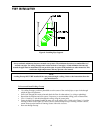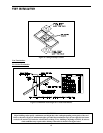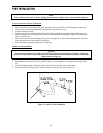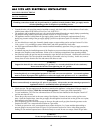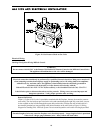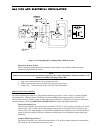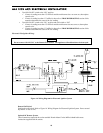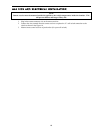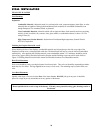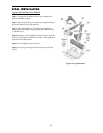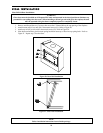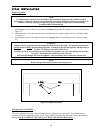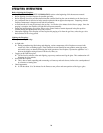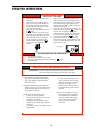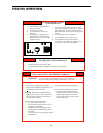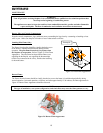Special offers from our partners!

Find Replacement BBQ Parts for 20,308 Models. Repair your BBQ today.

FINAL INSTALLATION
FINAL INSTALLATION
20
FINAL INSTALLATION
Wall Finishing:
Definitions:
Combustible Materials - Materials made of or surfaced with wood, compressed paper, plant fibers, or other
materials that are capable of being ignited and burned. Such materials are considered combustible even
though flameproof, fire retardant, treated, or plastered.
Non-Combustible Materials - Materials which will not ignite and burn. Such materials are those consisting
entirely of steel, iron brick, tile, concrete, slate, glass, marble, or combination thereof, or have a UL Fire
rating of Zero (0).
High Temperature Sealant Material - Sealant that will withstand high temperature; General Electric
RTV103 or equivalent.
Finishing the fireplace flush with a wall:
When finishing the face of the fireplace, combustible material may be brought up to the side or top edge of the
fireplace, but must never overlap the black metal face. The black metal face may be covered with non-combustible
material only. After applying the finishing material, a non-combustible sealant, 1/8” minimum, should be used to
close off any gaps at the top and sides between the fireplace and the finishing to prevent cold air leaks. Refer to
Figure 5: Finishing Material section in this manual for allowable locations for combustible materials.
Rock Wool Placement:
Rock wool should be evenly covering the burner from front to back. The rock wool should be separated into chunks
about the size of a nickel. The bag supplied has an excess of rock wool. The remaining may be used as filler over
time.
Lava Rock Placement:
Sprinkle a thin layer of lava rock on the floor of the inner chamber. DO NOT pile up in any area. It should be
placed in a single layer only around but not on any portion of the burner.
WARNING
Do not sprinkle the lava rock on top of the burner. This may cause potential sooting, glass breakage and/or a
fire hazard



